Sewing machine
The legendary mechanical machine "Singer" is a stronghold of durability and reliability. Due to its quality, it has received universal recognition of the fashionistas of the Soviet Union. Sewing machines from the Podolsk Mechanical Plant are inherited and still serve faithfully in modern apartments. By the way, it is fashionable to use the underframe from a foot machine with forged legs today as a table or a bedside table under the sink.
Carpet
The era of carpets began in the 60s - they became an obligatory part of the life of the Soviet family. The carpet gave the interior a coziness, protected it from contact with a cold wall and helped to keep warm. He was carefully looked after and taken care of, and children often fell asleep, examining his ornaments and inventing various stories. At the beginning of the 21st century, carpets began to be actively ridiculed, calling them a relic of the past, but in modern interiors you can increasingly find beautiful patterned products that fit perfectly into the Scandinavian and boho style.
Meat grinder
Today, the cast iron helper is still kept in many homes. It is called "eternal" because the lifespan of a mechanical device is almost unlimited. It is irreplaceable when preparing minced meat, easy to operate and easy to clean. Meat grinders made in the USSR can still be found in almost every kitchen in excellent working order, because there is simply nothing to break in them - everything is done conscientiously.
Iron
Surprisingly, some housewives still prefer the Soviet iron: modern appliances break down in a couple of years, and an iron made in the USSR serves faithfully. Previously, old Soviet irons were used for decades, only the wiring was changed and the relay was regulated. Today, many leave them as a backup and are in no hurry to throw them away.
Book table
A folding table in the Soviet Union was in almost every family. Fully folded, it played the role of a console and took up a minimum of space, which was especially appreciated in small apartments. In the unfolded state, it helped to receive a large company, and when it was half open it served as a writing table. Various finishes made it possible to fit this item into any interior. Today, similar, lightweight models can be found in any furniture store, but many still use the Soviet transforming table.
Crystal
Crystal was the real embodiment of Soviet baroque and luxury. It served as a symbol of prosperity, the best gift and interior decoration. Wine glasses, salad bowls and wine glasses were removed from the sideboards only during festive feasts. For some, Soviet crystal is a relic of the past, since heavy dishes and vases are inconvenient to use and take up too much space. But connoisseurs love crystal for the feeling of a holiday, for the beauty of carvings and drawings, and they still cherish it.
Banks for cereals
Tin cans for storing bulk products in Soviet times were in almost every kitchen. They did not differ in variety, but they were durable and practical, so many of them have survived to this day.Today it is a genuine vintage, which is why recognizable metal containers are still in demand in interiors where objects are valued for their history.
Old armchair
Interest in furniture of the Soviet period, especially in the 50s and 60s, has revived today with renewed vigor. Connoisseurs of retro style and eclecticism are happy to pull the old armchairs, adding a thicker layer of foam rubber for convenience, sanding the wooden parts and painting them. The modern upholstery makes the compact chair look stylish and the tall legs make it lightweight.
Camera
The demand for inexpensive DSLRs in the Soviet Union was very high. The legendary Zenit-E camera was launched in 1965 at the Krasnogorsk Mechanical Plant. For twenty years of production, the total production of models amounted to 8 million units, which became a world record among analog SLR cameras. Many connoisseurs of film photography today still use these cameras, noting their durability and high image quality.
The USSR is long in the past, but many things of that era are still successfully used in everyday life due to their durability and reliability.

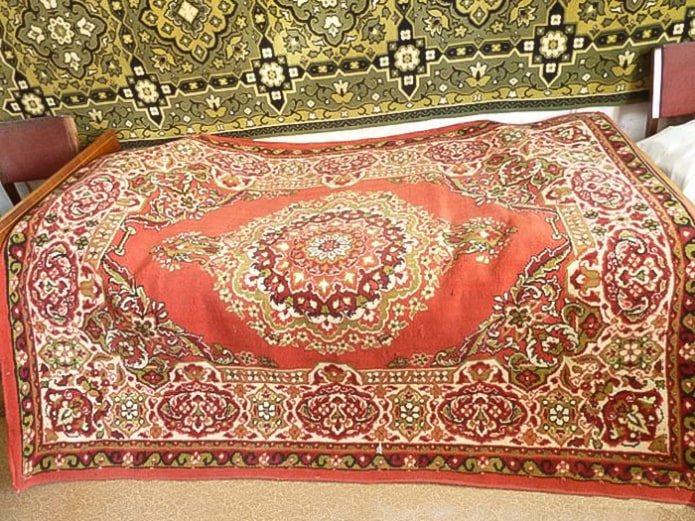
 10 practical tips for arranging a small kitchen in the country
10 practical tips for arranging a small kitchen in the country
 12 simple ideas for a small garden that will make it visually spacious
12 simple ideas for a small garden that will make it visually spacious
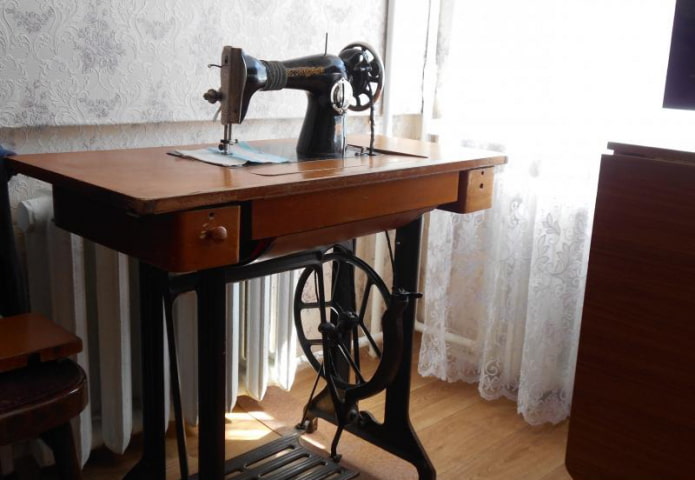
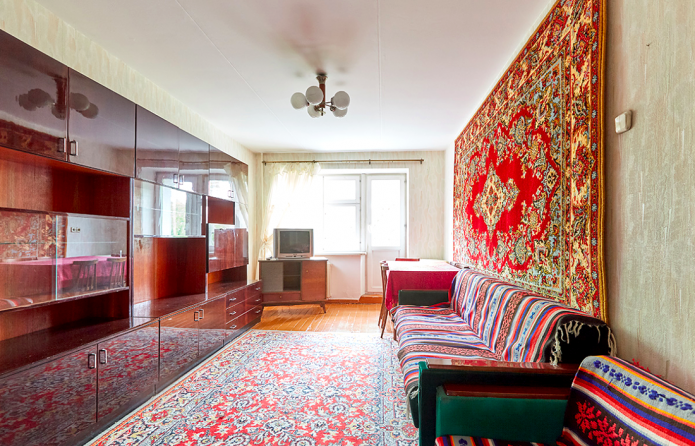

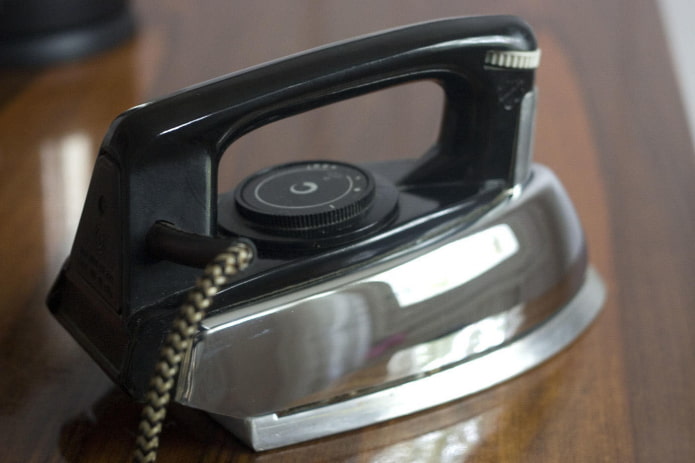


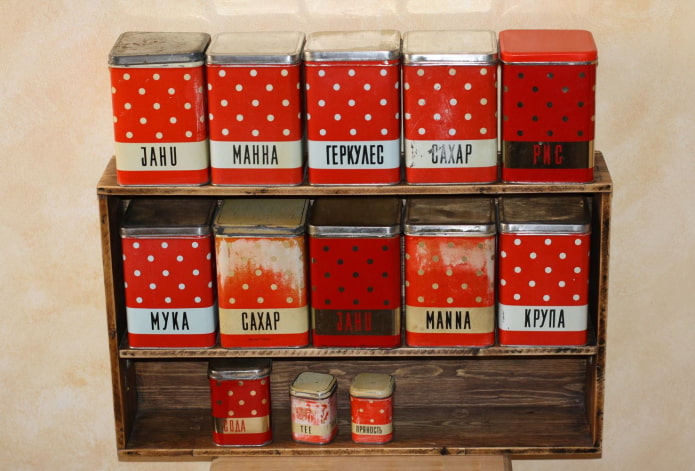

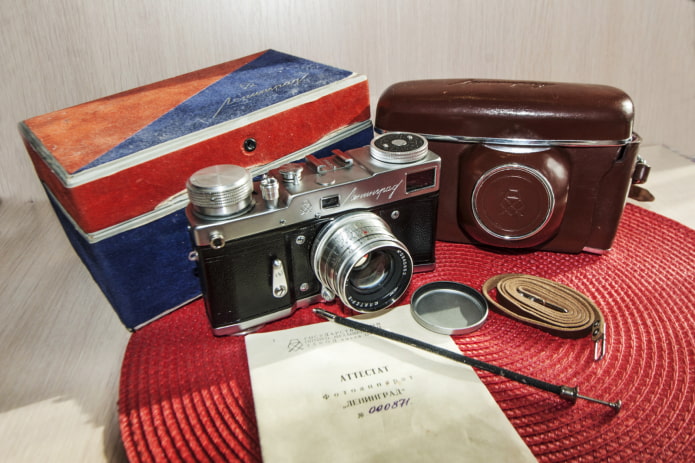

 13 bad habits a good housewife shouldn't have
13 bad habits a good housewife shouldn't have 24/7 home cleanliness - 4 secrets for the perfect housewife
24/7 home cleanliness - 4 secrets for the perfect housewife 6 hotels in Sochi that will give odds to the promoted foreign hotels
6 hotels in Sochi that will give odds to the promoted foreign hotels Top 10 interior design trends 2020
Top 10 interior design trends 2020 Rating of cheap TVs with Smart-TV
Rating of cheap TVs with Smart-TV New Year's LED garlands on AliExpress - we disassemble while it's hot, so that it's bright at home
New Year's LED garlands on AliExpress - we disassemble while it's hot, so that it's bright at home